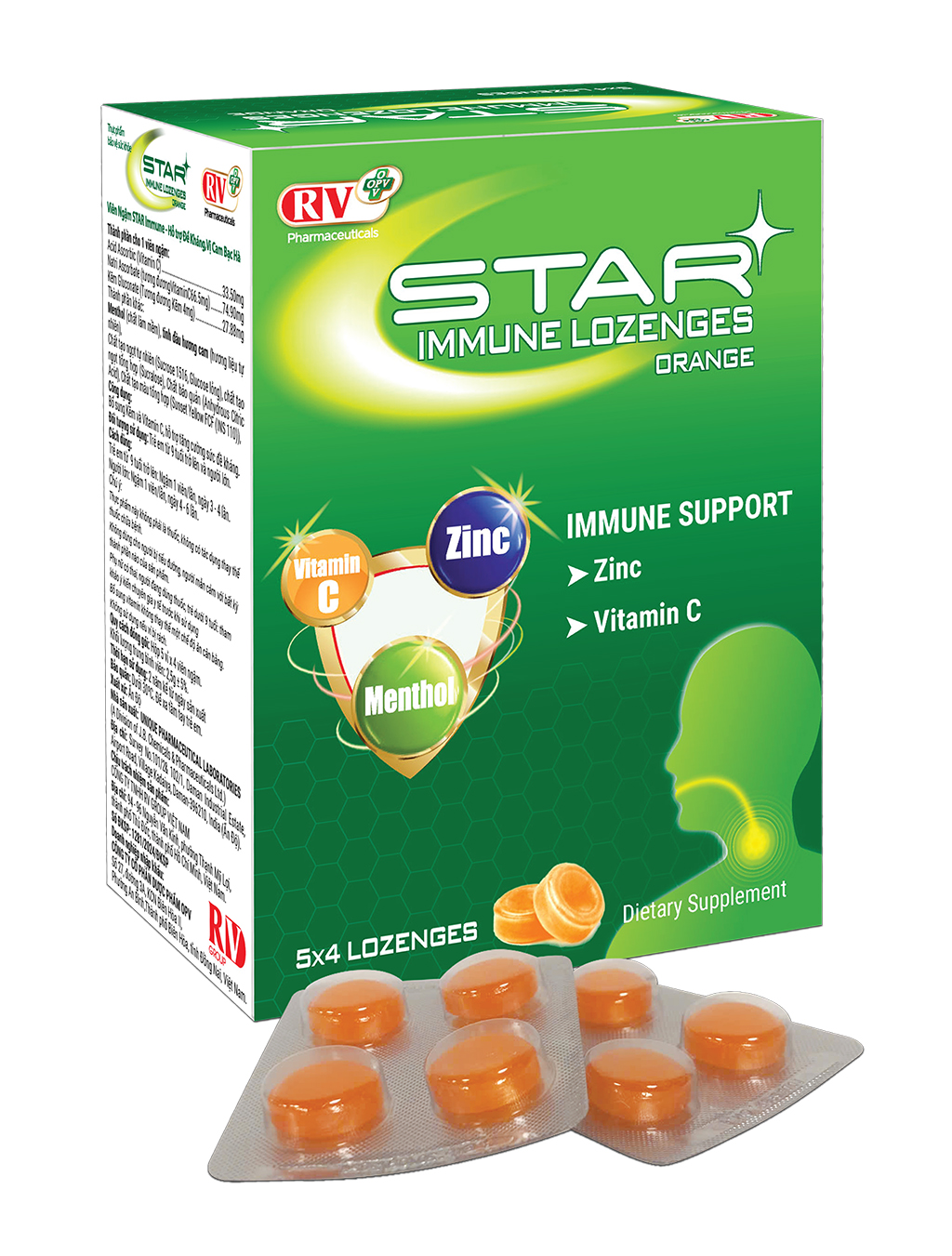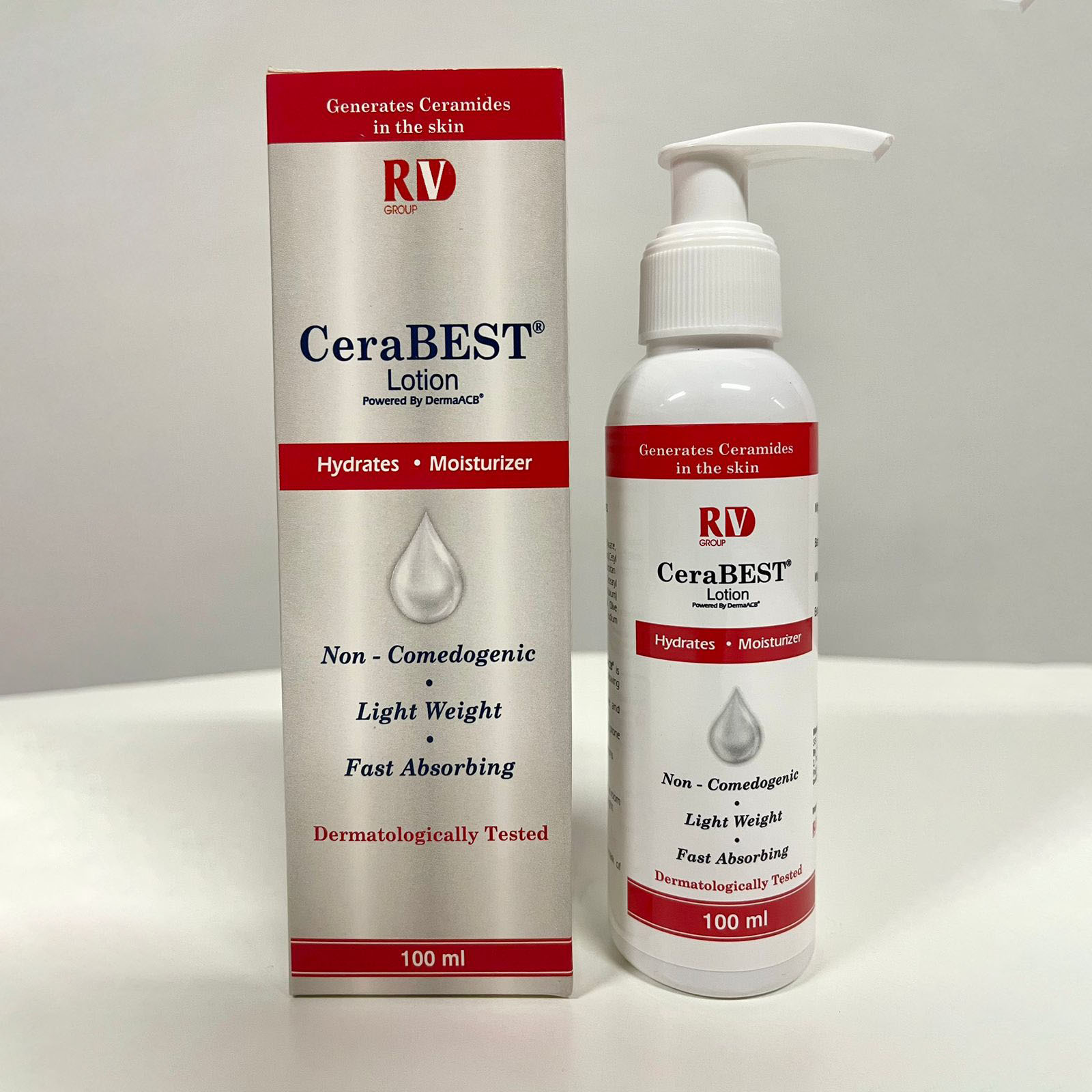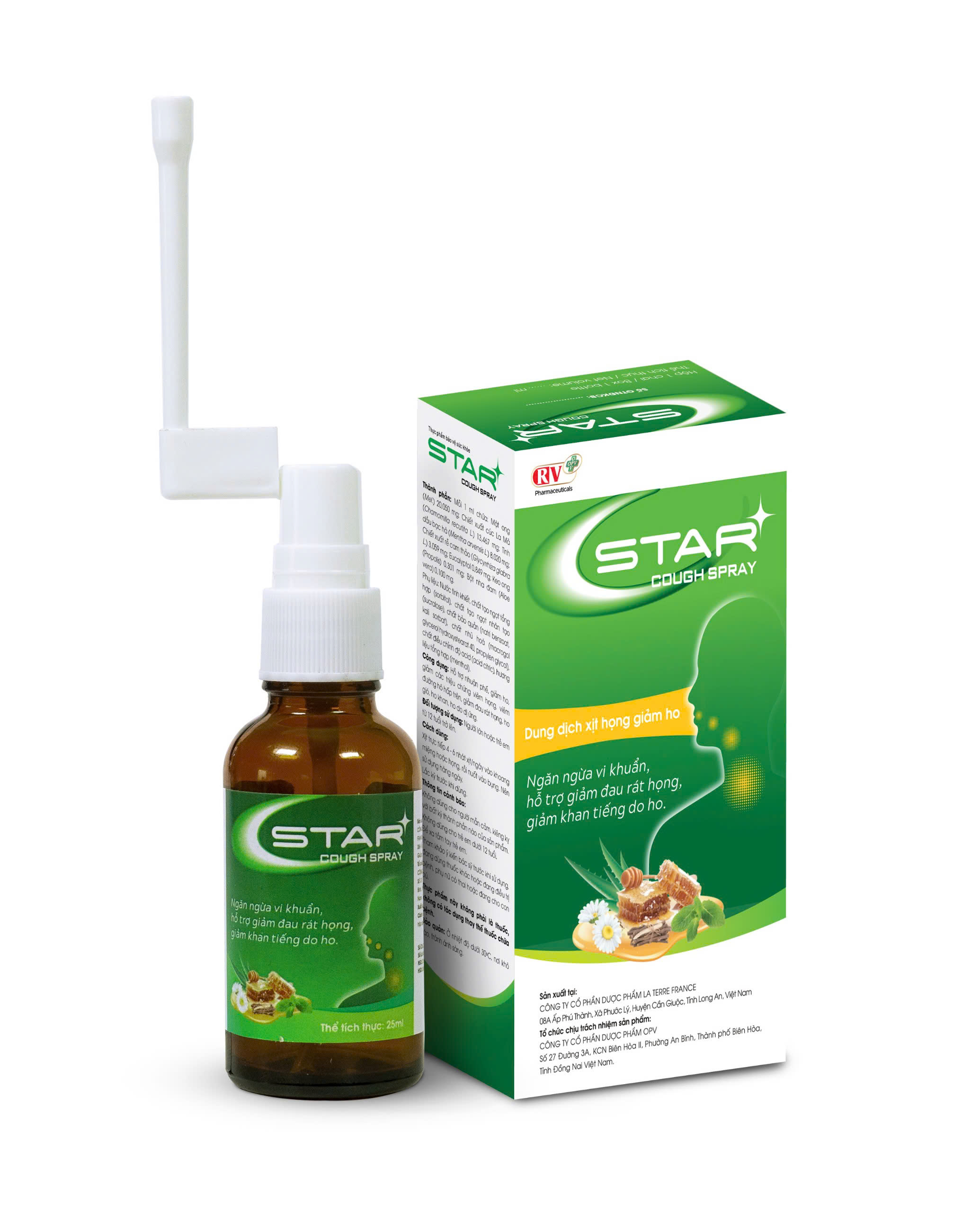PART I. INFORMATION LEAFLET FOR PATIENT
COMPOSITION: Each film coated tablet contains:
- Active ingredients: Acetaminophen………………………. 500 mg
Caffeine………………………………… 65 mg
- Expicients: Pregelatinized starch, lactose monohydrate, colloidal anhydrous silica, sodium starch glycolate, maize starch, povidone K30, talc, magnesium stearate, opadry II white, ponceau 4R lake.
DESCRIPTION OF PRODUCT:
Pink film coated tablet, oblong shape, printed ‘’TydolPlus’’ in black on both sides, tablet is intact.
DESCRIPTION OF PACKAGING:
– Box of 10 blisters x 10 film coated tablets.
– Box of 1 bottle x 100 film coated tablets.
WHAT IS THE MEDICINE USED FOR:
Relieves mild pain due to:
– Headache, toothache, muscular aches, sinusitis
– The minor pain of arthritis
– The pain of menstrual cramps
– Common cold
Antipyretic.
HOW MUCH AND HOW OFTEN SHOULD YOU USE THIS MEDICINE:
Administration: Oral route.
Dosage:
Adult and children over 12 ages: 1 – 2 tablets every 6 hours while symptoms persist, not to exceed 8 tablets in 24 hours, or as directed by a doctor.
WHEN SHOULD YOU NOT TAKE THIS MEDICINE:
– Hypersensitivity to any component of this product.
– Patients with severe hepatic failure.
– Patients with glucose-6-phosphate dehydrogenase deficiency.
– Children under 12 years.
SIDE EFFECTS:
– Serious skin reactions such as Stevens-Johnson syndrome, Lyell syndrome, toxic epidermal necrolysis, acute generalized exanthematous pustulosis although rare, but potentially fatal. If patients appear a rash or other symptoms of skin, to stop taking drugs and seek physician.
– Skin rash and other allergic reactions occur occasionally. The rash is usually erythematosus or urticarial, but sometimes it is more serious and may be accompanied by drug fever and mucosal lesions. If fever, bullae localize around the natural cavities, consider Steven-Johnson syndrome, should be discontinued immediately. Overdose of acetaminophen can lead to severe liver damage and sometimes acute tubular necrosis. Patients who show hypersensitivity reactions to the salicylates only rarely exhibit sensitivity to acetaminophen and related drugs. In few isolated cases, the use of acetaminophen has been associated with neutropenia, thrombocytopenia, and pancytopenia.
– Central Nervous system: Nervousness, dizziness.
– Less common:
Dermatologic: Rash.
Gastrointestinal: Nauseas, vomiting.
Hematologic: Blood dyscrasias (neutropenia, pancytopenia, leukopenia), anemia.
Renal: Nephropathy, nephrotoxicity with chronic abuse.
– Rare:
Skin: Stevens-Johnson syndrome, toxic epidermal necrolysis, Lyell syndrome, acute generalized exanthematous pustulosis.
Miscellaneous: Hypersensitivity reactions.
WHAT OTHER MEDICINE OR FOOD SHOULD BE AVOIDED WHILST TAKING THIS MEDICINE:
– Metoclopramide or domperidone.
– Colestyramine.
– Coumarin and indanedione-derivative anticoagulants.
– Phenothiazine and antipyretic therapy (as acetaminophen).
– Alcohol.
– Anticonvulsants (including phenytoin, barbiturates, carbamazepine), isoniazid, antituberculars.
– Probenecid.
– Drugs are metabolized by CYP1A2 (e.g. clozapine) or drugs that induce or inhibit CYP1A2.
WHAT SHOULD YOU DO IF YOU MISS A DOSE:
If you miss a dose, take it as soon as you remember. If it is near the time of the next dose, skip the missed dose and resume your usual dosing schedule. Do not double the dose to catch up.
HOW SHOULD YOU KEEP THIS MEDICINE:
Store at temperature below 30oC, in a dry place, protect from light.
SIGNS AND SYMPTOMS OF OVERDOSE:
Symptoms of acetaminophen overdose:
Nausea, vomiting, and abdominal pain usually occur within 2-3 hours after ingestion of toxic doses of the drug. Methemoglobinemia resulting in cyanosis of the skin, mucosa, and fingernails is characteristic sign of acute p-aminophenol derivate toxicity; small amounts of sulfhemoglobin may also be produced. Children tend to form methemoglobin more readily than do adults after acetaminophen ingestion.
In severe poisoning, CNS stimulation, excitement, and delirium may occur initially. This may be followed by CNS depression: Stupor; hypothermia, marked prostration, rapid, shallow breathing; rapid, weak, irregular pulse; low blood pressure; and circulatory failure. Vascular collapse results from the relative hypoxia and from the central depressant action which occurs only with massive doses. Shock may develop if vasodilation is marked. Fatal asphyxial seizures may occur suddenly or may be delayed for several days.
Clinical indications of hepatic damage become manifest within 2 to 4 days of ingestion of toxic doses. Plasma aminotransferases are elevated (sometimes markedly) and the concentration of bilirubin in plasma may be increased; in addition, the prothrombin time is prolonged. Perhaps 10% of poisoned patients who do not receive specific treatment develop severe liver damage; of these 10% to 20% eventually die of hepatic failure. Acute renal failure also occurs in some patients. Biopsy of the liver reveals centrilobular necrosis with sparing of the periportal area. In nonfatal cases, the hepatic lesions are reversible over a period of weeks of months.
Symptoms of caffeine overdose:
GI pain, mild delirium, insomnia, diuresis, dehydration, and fever. More serious symptoms of overdosage include cardiac arrhythmias and tonic-clonic seizures.
WHAT TO DO WHEN YOU HAVE TAKEN MORE THAN THE RECOMMENDED DOSAGE:
Talk to your doctor or go to a hospital straight away.
Remember to take medicine that is left with you or medicine pack so the doctor knows what you have taken.
PRECAUTIONS THAT SHOULD BE TAKEN WHEN TAKING THIS MEDICINE:
– Special precaution and warning when using medication containing acetaminophen: The doctor must warn the patients about the symptoms of serious skin reactions, can cause death including: Stevens-Johnson syndrome (SJS), toxic epidermal necrolysis (TEN), or Lyell syndrome, acute generalized exanthematous pustulosis (AGEP).
– Patients should stop using acetaminophen and seek physician immediately if rash or other symptoms of skin reaction or hypersensitivity reactions during treatment. Patients with a history of such skin reactions should not take products containing acetaminophen.
– Sometimes, skin reactions including pruritic maculopapular rash and urticaria; other sensitivity reactions including laryngeal edema, angioedema and anaphylactid reactions may occur rarely. Thrombocytopenia, leukopenia and pancytopenia have been associated with the use of p-aminophenol derivatives, especially with prolonged administration of large doses. Neutropenia and thrombocytopenic purpura have been reported with acetaminophen use. Rarely, agranulocytosis has been reported in patients receiving acetaminophen.
– Concurrent use of many products containing acetaminophen, leading adverse effects (such as acetaminophen overdose).
– Acetaminophen should be used with caution in patients with preexisting anemia, hepatic failure, renal failure, alcoholism, chronic malnutrition or dehydration. Prolonged administration of large doses in patients with hepatic failure should be avoided.
– Excessive intake of alcohol may increase the risk of acetaminophen induced hepatotoxicity, avoid or limit alcohol intake.
– Excessive intake of caffeine (e.g. coffee, tea) should be avoided while taking this product.
– This drug contains:
Lactose. If you have been told by your doctor that you have an intolerance to some sugars, contact your doctor before taking this drug.
Ponceau 4R lake which may cause allergic reactions.
Pregnancy: Acetaminophen-caffeine is not recommended for use during pregnancy due to the possible increased risk of lower birth weight and spontaneous abortion associated with caffeine consumption. Thus, this drug should not be used in patients with pregnancy.
Lactation: Caffeine in breast milk may potentially have a stimulating effect on breast fed infants. Thus, this drug should not be used in patients with lactation.
Effects on ability to work: Since dizziness may occur, caution should be exercised during activities such as driving, operating machinery, working at height and other activities.
WHEN SHOULD YOU CONSULT YOUR DOCTOR OR PHARMACIST:
In case of overdosage or adverse drug reactions.
When you are taking other drugs or foods.
For further information, consult your doctor or pharmacist.
SHELF-LIFE OF DRUG: 36 months from manufacturing date. Do not use after expiry date.
PART II. INFORMATION LEAFLET FOR HEALTHCARE PROFESSIONALS
PHARMACODYNAMICS:
Pharmacotherapeutic group: Analgesics and antipyretics.
ATC code: N02BE51.
Acetaminophen is the active metabolite of phenacetin.
Analgesic: The mechanism of analgesic action has not been fully determined. Acetaminophen may act predominantly by inhibiting prostaglandin synthesis in the central nervous system (CNS) and to a lesser extent, through a peripheral action by blocking pain-impulse generation. The peripheral action may also be due to inhibition of prostaglandin synthesis or to inhibition of the synthesis or actions of other substances that sensitise pain receptors to mechanical or chemical stimulation.
Antipyretic: It produces antipyresis by inhibiting the hypothalamic heat-regulating centre. Acetaminophen is used to relieve pain and reduce fever, it may replace aspirin; however, acetaminophen is ineffectively used to treat inflammation. Acetaminophen has effects to relieve pain and fever about as well as aspirin after an equivalent dose. Acetaminophen reduces body temperature in fever patients but it rarely reduces body temperature in normal people. Acetaminophen has rarely effects on cardiovascular and respiratory system after an oral dose. It has no changes of acid-base balance, it does not cause irritation, stomach bleeding or erosion compared to use of aspirin or salicylate. The toxicity in overdosage with acetaminophen is thought to be the production of a metabolite, N-acetyl-p-benzoquinoneimine in the liver.
Caffeine, a xanthin derivative, is separated from coffee, cocoa or synthesized from uric acid. It is thought that caffeine may enhance the painkilling effect of Acetaminophen.
PHARMACOKINETICS:
Acetaminophen is rapidly and almost completely absorbed from the gastrointestinal tract. Food rich in carbohydrate decreases the absorption rate of acetaminophen. The concentration in plasma reaches a peak in 30 to 60 minutes after therapeutic doses. Acetaminophen is rapidly and uniformly distributed into most body tissues. About 25% of acetaminophen in blood if bound to plasma proteins. Acetaminophen has a plasma half-life of 1.25 to 3 hours. Plasma half-life of acetaminophen may be prolonged following toxic doses or in patients with liver damage. After therapeutic doses, 90% to 100% of the drug may be recovered in the urine within the first day, primarily after hepatic conjugation with glucuronic acid (about 60%), sulfuric acid (about 35%) or cysteine (about 3%); small amounts of hydroxylated and deacetylated metabolites also have been detected. Small children have less capacity for glucuronidation of the drug than do adults. Acetaminophen undergoes cytochrome P450-mediated N-hydroxylation to form N-acetyl-benzoquinoneimine, that is a highly reactive intermediate. This metabolite normally reacts with the sulfhydryl groups in glutathione and is thereby inactivated. However, after ingestion of large doses of acetaminophen, the metabolite is formed in amounts sufficient to deplete hepatic glutathione; under these circumstances, NAPQ not associated with glutathione cause toxic to hepatic cells, leading to inflammation and can lead to hepatic necrosis.
Caffeine is absorbed readily after oral doses and is widely distributed throughout the body. Caffeine passes readily into the CNS and into saliva; low concentrations are also present in
breast milk. Caffeine crosses the placenta. In adults, caffeine is metabolised almost completely in the liver via oxidation, demethylation, and acetylation, and is excreted in the urine as 1-methyluric acid, 1-methylxanthine, 7-methylxanthine, 1,7-dimethylxan-thine (paraxanthine), 5-acetylamino-6-formylamino-3-methyluracil (AFMU), and other metabolites with only about 1% unchanged. Hepatic cytochrome P450 isoenzyme CYP1A2 is involved in caffeine enzymatic metabolism. Elimination half-lives are about 3 to 7 hours in adults but may be about 3 to 4 days in neonates.
INDICATIONS:
Relieves mild pain due to:
– Headache, toothache, muscular aches, sinusitis
– The minor pain of arthritis
– The pain of menstrual cramps
– Common cold
Antipyretic.
DOSAGE AND ADMINISTRATION:
Administration: Oral route.
Dosage:
Adult and children over 12 ages: 1 – 2 tablets every 6 hours while symptoms persist, not to exceed 8 tablets in 24 hours, or as directed by a doctor.
CONTRAINDICATIONS:
– Hypersensitivity to any component of this product.
– Patients with severe hepatic failure.
– Patients with glucose-6-phosphate dehydrogenase deficiency.
– Children under 12 years.
WARNINGS AND PRECAUTIONS:
– Special precaution and warning when using medication containing acetaminophen: The doctor must warn the patients about the symptoms of serious skin reactions, can cause death including: Stevens-Johnson syndrome (SJS), toxic epidermal necrolysis (TEN), or Lyell syndrome, acute generalized exanthematous pustulosis (AGEP).
– Patients should stop using acetaminophen and seek physician immediately if rash or other symptoms of skin reaction or hypersensitivity reactions during treatment. Patients with a history of such skin reactions should not take products containing acetaminophen.
– Sometimes, skin reactions including pruritic maculopapular rash and urticaria; other sensitivity reactions including laryngeal edema, angioedema and anaphylactid reactions may occur rarely. Thrombocytopenia, leukopenia and pancytopenia have been associated with the use of p-aminophenol derivatives, especially with prolonged administration of large doses. Neutropenia and thrombocytopenic purpura have been reported with acetaminophen use. Rarely, agranulocytosis has been reported in patients receiving acetaminophen.
– Concurrent use of many products containing acetaminophen, leading adverse effects (such as acetaminophen overdose).
– Acetaminophen should be used with caution in patients with preexisting anemia, hepatic failure, renal failure, alcoholism, chronic malnutrition or dehydration. Prolonged administration of large doses in patients with hepatic failure should be avoided.
– Excessive intake of alcohol may increase the risk of acetaminophen induced hepatotoxicity, avoid or limit alcohol intake.
– Excessive intake of caffeine (e.g. coffee, tea) should be avoided while taking this product.
– This drug contains:
Lactose. Patients with rare hereditary problems of galactose intolerance, Lapp lactose deficiency or glucose-galactose malabsorption should not take this drug.
Ponceau 4R lake which may cause allergic reactions
Pregnancy: Acetaminophen-caffeine is not recommended for use during pregnancy due to the possible increased risk of lower birth weight and spontaneous abortion associated with caffeine consumption. Thus, this drug should not be used in patients with pregnancy.
Lactation: Caffeine in breast milk may potentially have a stimulating effect on breast fed infants. Thus, this drug should not be used in patients with lactation.
Effects on ability to work: Since dizziness may occur, caution should be exercised during activities such as driving, operating machinery, working at height and other activities.
INTERACTIONS:
– The speed of absorption of acetaminophen may be increased by metoclopramide or domperidone and absorption reduced by colestyramine.
– Chronic ingestion of large doses of acetaminophen has been reported to slightly potentiate the effects of coumarin and indanedione-derivative anticoagulants.
– The possibility of severe hypothermia should be kept in mind in patients receiving concomitant phenothiazine and antipyretic therapy (as acetaminophen).
– Excessive intake of alcohol for long periods of time may increase the risk of acetaminophen induced hepatotoxicity.
– Anticonvulsants (including phenytoin, barbiturates, carbamazepine), isoniazid, antituberculars may increase the hepatotoxicity of acetaminophen.
– Probenecid may reduce the excretion of acetaminophen and increase the half-life in plasma of acetaminophen.
– Caffeine has the potential to interact with drugs that are metabolized by CYP1A2 (e.g. clozapine) or with drugs that induce or inhibit this isoenzyme.
SIDE EFFECTS
– Serious skin reactions such as Stevens-Johnson syndrome, Lyell syndrome, toxic epidermal necrolysis, acute generalized exanthematous pustulosis although rare, but potentially fatal. If patients appear a rash or other symptoms of skin, to stop taking drugs and seek physician.
– Skin rash and other allergic reactions occur occasionally. The rash is usually erythematosus or urticarial, but sometimes it is more serious and may be accompanied by drug fever and mucosal lesions. If fever, bullae localize around the natural cavities, consider Steven-Johnson syndrome, should be discontinued immediately. Overdose of acetaminophen can lead to severe liver damage and sometimes acute tubular necrosis. Patients who show hypersensitivity reactions to the salicylates only rarely exhibit sensitivity to acetaminophen and related drugs. In few isolated cases, the use of acetaminophen has been associated with neutropenia, thrombocytopenia, and pancytopenia.
– Central Nervous system: Nervousness, dizziness.
– Less common, 1/1000 < ADR < 1/100:
Dermatologic: Rash.
Gastrointestinal: Nauseas, vomiting.
Hematologic: Blood dyscrasias (neutropenia, pancytopenia, leukopenia), anemia.
Renal: Nephropathy, nephrotoxicity with chronic abuse.
– Rare, ADR < 1/1000:
Skin: Stevens-Johnson syndrome, toxic epidermal necrolysis, Lyell syndrome, acute generalized exanthematous pustulosis.
Miscellaneous: Hypersensitivity reactions.
OVERDOSE AND TREATMENT:
Acetaminophen
Symptoms:
Nausea, vomiting, and abdominal pain usually occur within 2-3 hours after ingestion of toxic doses of the drug. Methemoglobinemia resulting in cyanosis of the skin, mucosa, and fingernails is characteristic sign of acute p-aminophenol derivate toxicity; small amounts of sulfhemoglobin may also be produced. Children tend to form methemoglobin more readily than do adults after acetaminophen ingestion.
In severe poisoning, CNS stimulation, excitement, and delirium may occur initially. This may be followed by CNS depression: Stupor; hypothermia, marked prostration, rapid, shallow breathing; rapid, weak, irregular pulse; low blood pressure; and circulatory failure. Vascular collapse results from the relative hypoxia and from the central depressant action which occurs only with massive doses. Shock may develop if vasodilation is marked. Fatal asphyxial seizures may occur suddenly or may be delayed for several days.
Clinical indications of hepatic damage become manifest within 2 to 4 days of ingestion of toxic doses. Plasma aminotransferases are elevated (sometimes markedly) and the concentration of bilirubin in plasma may be increased; in addition, the prothrombin time is prolonged. Perhaps 10% of poisoned patients who do not receive specific treatment develop severe liver damage; of these 10% to 20% eventually die of hepatic failure. Acute renal failure also occurs in some patients. Biopsy of the liver reveals centrilobular necrosis with sparing of the periportal area. In nonfatal cases, the hepatic lesions are reversible over a period of weeks of months.
Treatment:
Early diagnosis is vital in the treatment of overdosage with acetaminophen. Vigorous supportive therapy is essential when intoxication is severe. Gastric lavage should be performed in all cases, preferably within 4 hours of the ingestion. The principal antidotal treatment is the administration of sulfhydryl compounds, which probably act, in part, by replenishing hepatic stores of glutathione. N-acetylcysteine is effective orally or intravenously. The drug should be administrated immediately if less than 36 hours has elapsed since ingestion of acetaminophen, although treatment with N-acetylcysteine is more effective when given less than 10 hours after ingestion. When given orally, the N-acetylcysteine solution is diluted with water or soft drinks to achieve a 5% solution and should be consumed within 1 hour of preparation. An oral loading dose of 140 mg/kg is given, followed by the administration of 70 mg/kg every 4 hours for 17 doses. Treatment is terminated if assays of acetaminophen in plasma indicate that the risk of hepatotoxicity is low.
Adverse reactions to N-acetylcysteine include skin rash (including urticaria, which does not require one to discontinue treatment), nausea, vomiting, diarrhea, and anaphylactoid reactions.
If N-acetylcysteine is not available, methionine should be given. In addition activated charcoal and/or saline cathartics which may reduce acetaminophen absorption should be given.
Caffeine:
Symptoms: GI pain, mild delirium, insomnia, diuresis, dehydration, and fever. More serious symptoms of overdosage include cardiac arrhythmias and tonic-clonic seizures.
Treatment: Treatment of caffeine overdose is mainly symptomatic and supportive. In acute oral caffeine overdosage, the stomach should be emptied immediately by inducing emesis or by lavage; actived charcoal may be administered; and supportive measures should be initiated. Administration of demulcents such as aluminum hydroxide gel may diminish GI irritation. Seizures may be treated with IV administration of diazepam or a barbiturate such as pentobarbital sodium.
SIGNS SHOULD BE NOTED AND RECOMMENDATIONS:
Do not exceed recommended dosage





